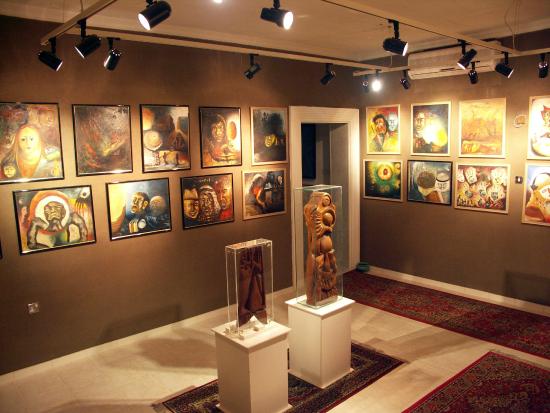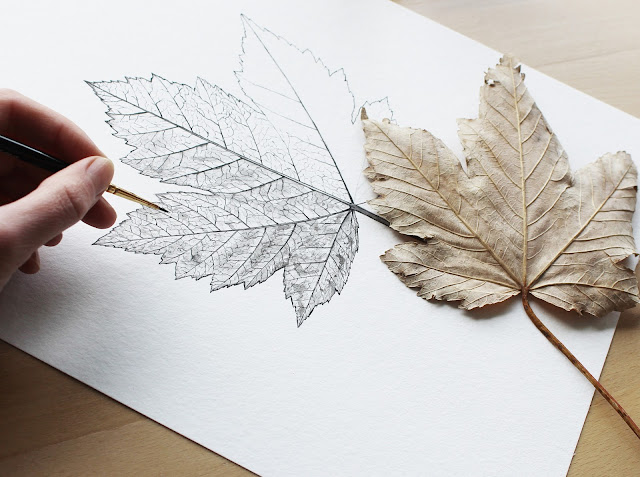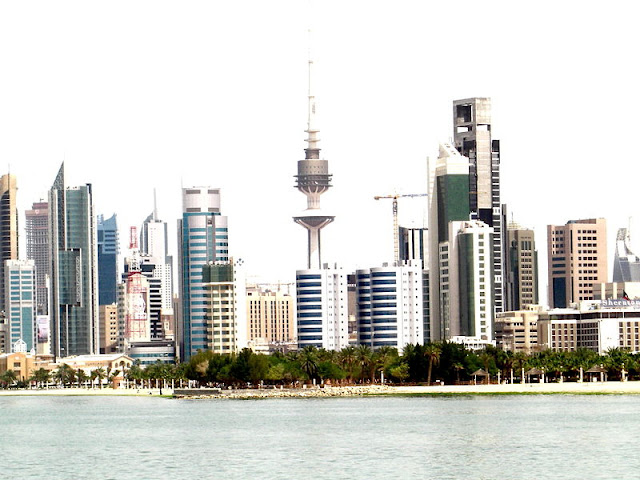The miracle that can be seen
Kuwait's ancient art was simple and limited to decorative patterns adorning mosques, houses, and sometimes boats. The first step in the contemporary art movement of Kuwait was taken in 1950 when drawing and modeling were included in the school curriculum. Then, in each school, annual exhibitions of student work began to be held. However, art exhibitions became more collective and official in 1959, when the Department of Education sponsored the annual spring art exhibition for artists, teachers, and students. This was a new and significant stage in the art movement, which helped to identify young talented artists. The Department of Education has also taken other steps to patronize and promote Kuwaiti artists. Since the 1960s a number of private and public art institutions were willing to support art. Among them were the Free Arts Studio, the Kuwait Society of Creative Arts (KOSI) and the National Council for Culture, Art and Literature (NKIL).Free Art Studio
This studio was founded by the Education Department in 1960. To help artists devote themselves to art, the Gutaibach School (the current Museum of Sciences) was created, whose members could engage in art. The artists were given a scholarship so that they could expand their knowledge of art - the first scholarship was given to the members of this studioin 1962. The activities of the Studio gained momentum in the 1960s. An exhibition of her artists' works was held in Washington at the grand opening of the Kuwaiti Embassy. This was the first exhibition abroad. In 1971, the Studio came under the authority of the Ministry of Information. The studio moved from Gutaibach School to the Kuwaiti Crown Home, owned by a member of the Al-Ghanim family, who became its permanent center. After transferring to the Ministry of Information, the Studio was also responsible for presenting works for exhibitions in the country and abroad. In addition, she was engaged in the design of stamps, posters, and postcards, as well as the restoration and storage of collections in the Department of Antiquity and Museums. At the same time, artists received the right to sell their work. It is worth noting that the first works in the field of sculpture and ceramics in Kuwait were made in this Studio. After transferring to the Ministry of Information, the Studio was also responsible for presenting works for exhibitions in the country and abroad. In addition, she was engaged in the design of stamps, posters, and postcards, as well as the restoration and storage of collections in the Department of Antiquity and Museums. At the same time, artists received the right to sell their work. It is worth noting that the first works in the field of sculpture and ceramics in Kuwait were made in this Studio. After transferring to the Ministry of Information, the Studio was also responsible for presenting works for exhibitions in the country and abroad. In addition, she was engaged in the design of stamps, posters, and postcards, as well as the restoration and storage of collections in the Department of Antiquity and Museums. At the same time, artists received the right to sell their work. It is worth noting that the first works in the field of sculpture and ceramics in Kuwait were made in this Studio.
National Council for Culture, Art and Literature
Under the patronage of His Highness the Crown Prince and the Prime Minister, a committee was formed to establish this council. The National Council for Culture, Art, and Literature (NSCIL) was entrusted with the responsibility of promoting art, stimulating interest in Kuwaiti cultural values, and promoting research in the field of art. NSKIL is responsible for disseminating information about culture and art; safeguarding and exploring Kuwaiti national values; networking through cultural exchanges at the Arab and international levels. NSKIL is also responsible not only for the planning, promotion, development, and enrichment of intellectual products but also for creating an appropriate atmosphere for the development of art and literature. The NSKIL also places particular emphasis on the development of creativity in children by organizing regular symposia and festivals for this purpose. Organizing and participating in exhibitions, conferences, etc. at the local, Arab and international levels, the NSKIL strengthens not only cultural ties but also fraternal ties at the global level.Kuwait Society Creative Arts (KOSI)
The idea of creating this Society came from a group of artists from the Studio of Free Art. The main goals of the Society included helping emerging artists, identifying talented artists,and introducing Kuwait art everywhere through exhibitions and other cultural events. The society was founded in 1967, and since 1968 it has held annual exhibitions, thus putting an end to the Spring Art Exhibition. It also organizes local exhibitions for Arab and other artists and participates in international exhibitions abroad. Society plays an important role in the contemporary art movement in Kuwait. In 1973, the National Council of Culture, Art and Literature began sponsoring the Society’s exhibitions. Kuwait City Planning and Architecture is a wonderland with magnificent architecture. But the modern style in Kuwaiti architecture does not lose touch with historical roots, and architects do not forget about the adapted living conditions in the harsh climate of the country.







.jpg)



No comments:
Post a Comment
Please Dont Enter Any Spam Link in The Comment Box